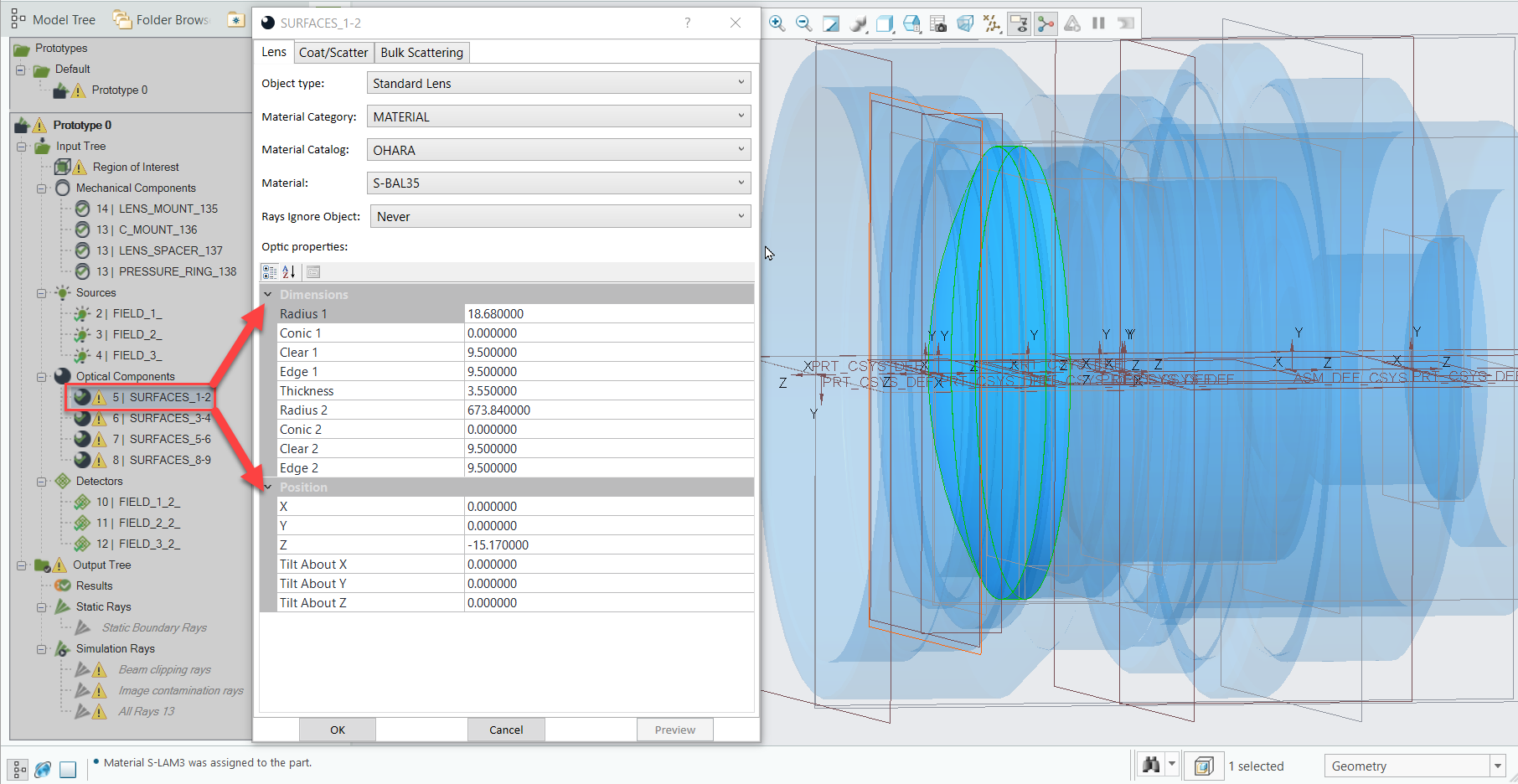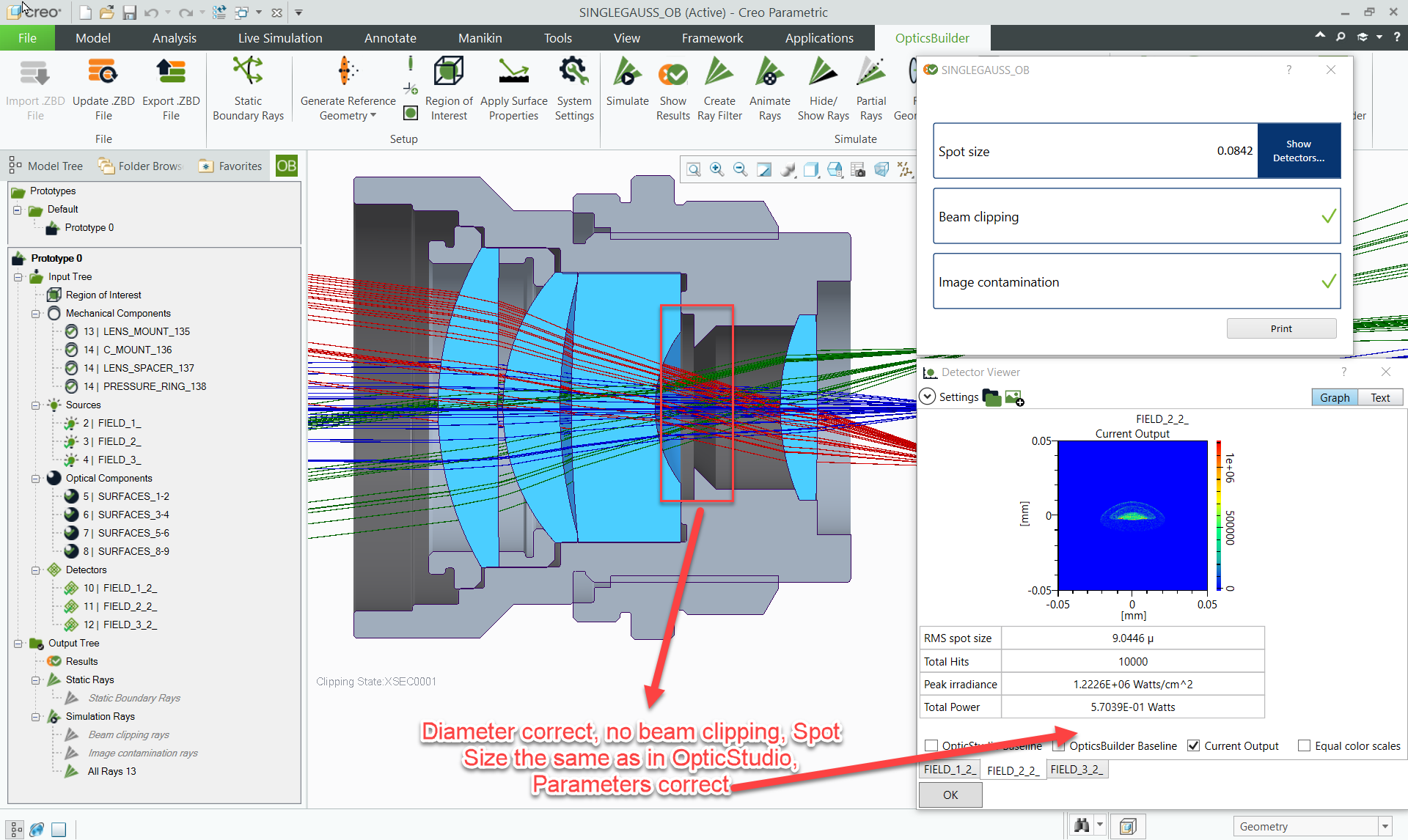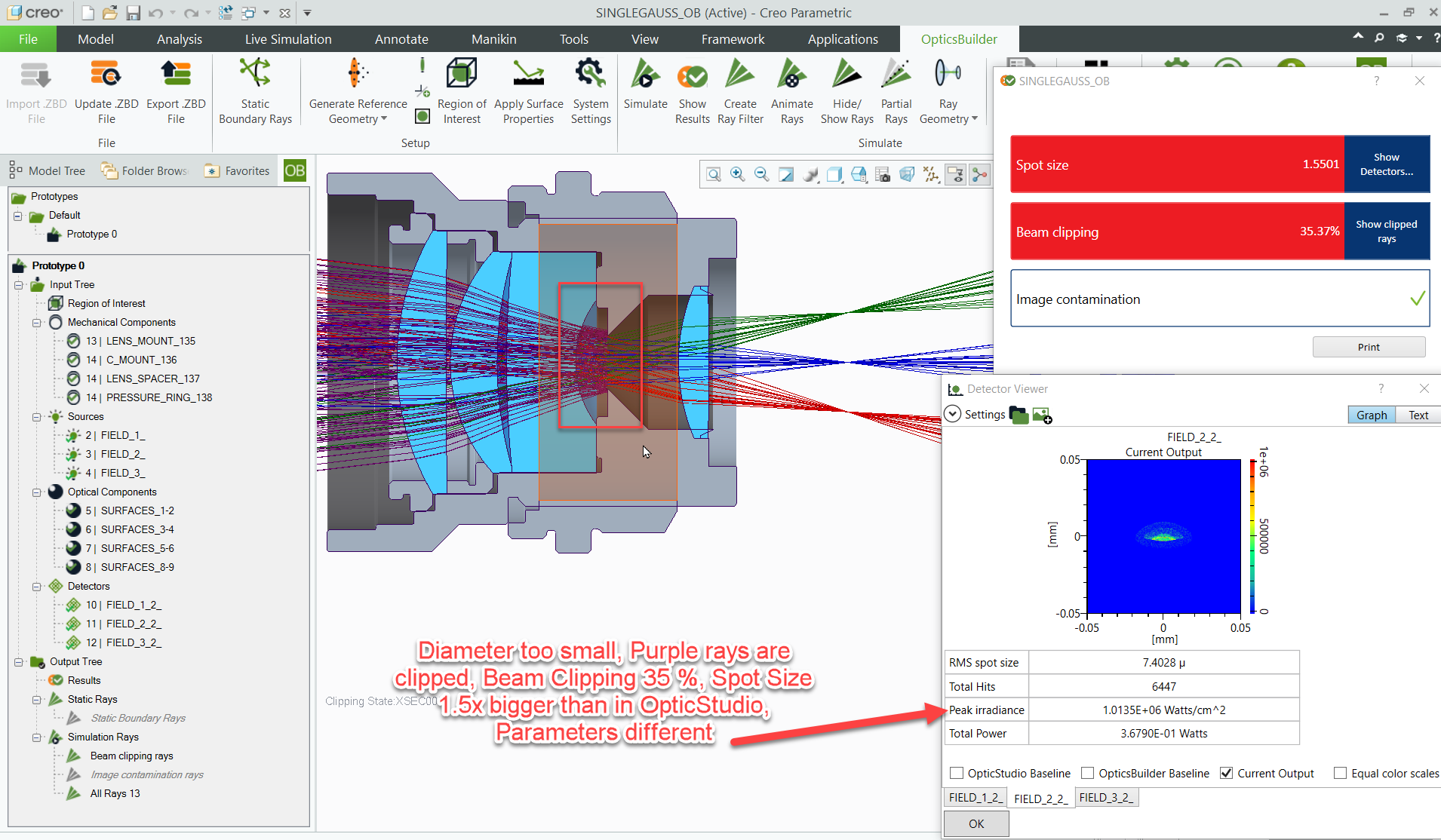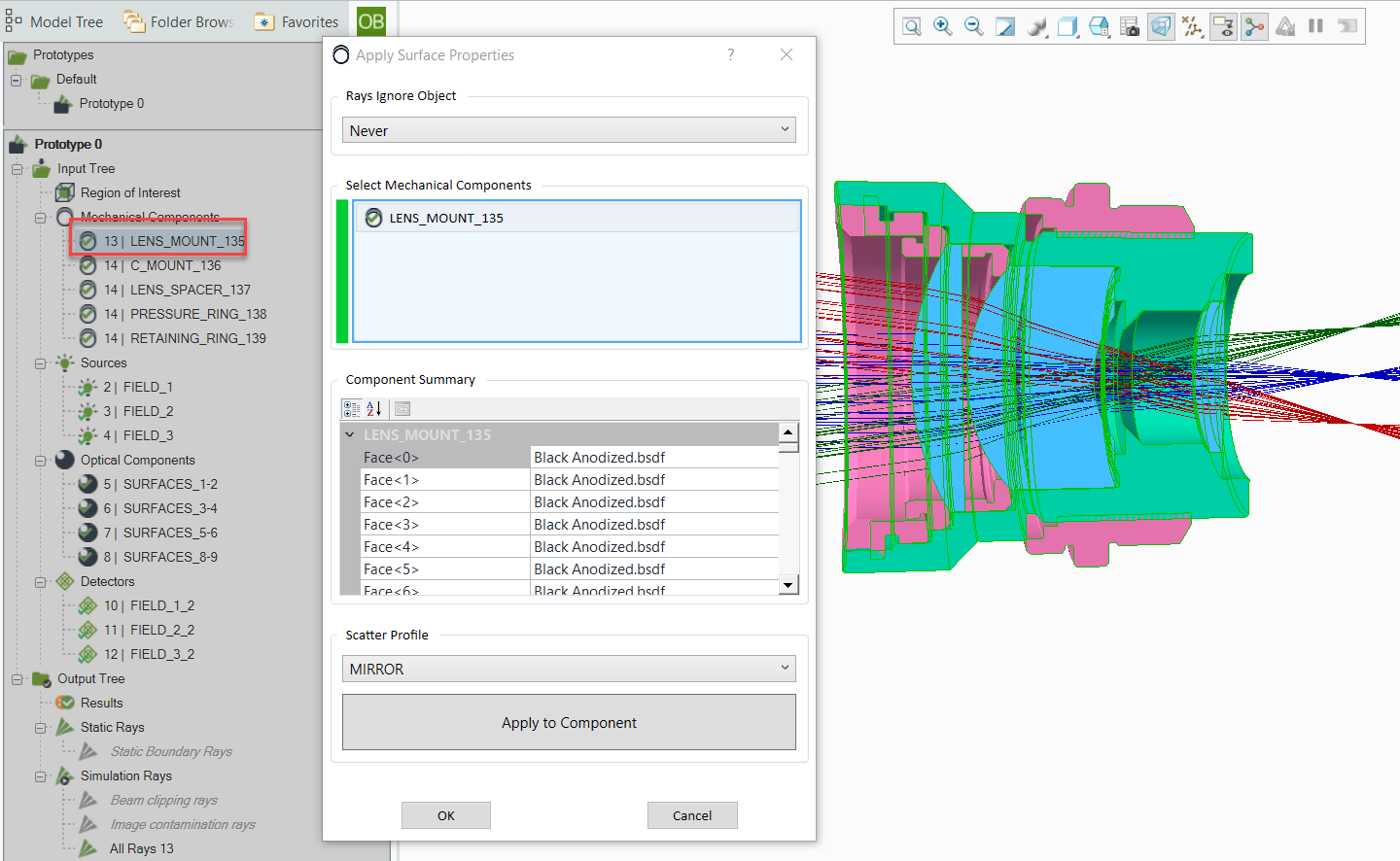This thread is dedicated to the upcoming webinar: Mechanics of an Ansys Zemax Workflow: OpticStudio – OpticsBuilder – Speos. Any questions received during the webinar will be responded to as a reply on this thread. Feel free to post your own questions! The speaker will be notified and will respond as long as the thread is still open.
Be sure to subscribe to this thread if you want to see additional discussion regarding this webinar topic. The thread will be open to new replies for a limited time following the event.
[The event has concluded]
Webinar details
Date: Thursday, September 29th
Time: 6:00 - 7:00 AM PDT | 11:00 - 12:00 AM PDT
Presenter: Flurin Herrin, Application Engineer II
Abstract:
Join Flurin Herren, Optomechanical Engineer of Ansys Zemax, on a webinar which takes the user through the workflow of an optomechanical system from design all the way to stray light analysis and optical performance validation. With a focus on the software mechanics and the conversion between Ansys Zemax software. Starting off in Zemax OpticStudio with the Design, going into Creo Parametric 7 and Zemax OpticsBuilder which covers the optomechanical validation and finally using the Ansys Speos add-in of Creo Parametric 7 to perform Stray Light analysis.










